Apple has stopped selling the iPhone 14 series and the iPhone SE (3rd generation) across most of the European Union (EU). This decision follows new EU legislation requiring all smartphones sold in the region to have a USB-C charging port.
EU’s USB-C Regulation and Its Impact
The EU’s new rule, which came into effect on December 28, mandates that all electronic devices, including smartphones, tablets, and cameras, must feature a USB-C charging port. The regulation aims to reduce electronic waste and simplify charging for consumers by standardizing ports across devices.
In response to the legislation, Apple has begun removing older iPhones with lightning ports from its retail and online stores in the EU. This includes the iPhone 14 series and the iPhone SE (2022), both of which used Apple’s proprietary lightning port.
Apple’s Transition to USB-C
Apple started transitioning to USB-C ports with the launch of the iPhone 15 series, the first iPhones to adopt the new charging standard. The company has since updated other products, such as iPads and AirPods, to include USB-C ports.
While Apple has phased out lightning ports in the EU, third-party retailers are still allowed to sell older models like the iPhone 14 and iPhone SE until existing stocks run out.
The regulation applies to all EU member countries, including Northern Ireland, which remains part of the EU’s single market despite the UK’s exit from the Union. However, the United Kingdom is not affected by the rule. Apple continues to sell the iPhone 14 and iPhone SE in non-EU markets, including the United States, India, and China.
The EU’s move has sparked discussions about making USB-C the global standard for charging ports. Electronic waste is a worldwide issue, and many believe that adopting a universal charging standard could help address the problem on a larger scale.
Future of iPhone SE
Fans of the iPhone SE may not have to wait long for its return. Reports suggest that Apple could launch a 4th generation iPhone SE in early 2025. The new model is expected to feature a USB-C port, updated design elements, and support for Apple’s latest technologies, including advancements in artificial intelligence.
Apple’s compliance with the EU’s USB-C regulation marks a significant shift in the company’s approach to charging technology. As the tech giant continues to innovate, consumers can expect more devices to adopt the USB-C standard, potentially influencing the global market and reducing e-waste.


